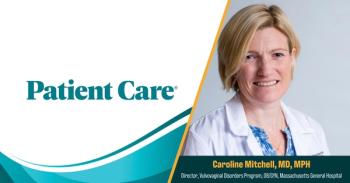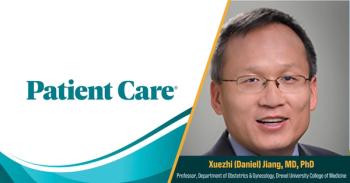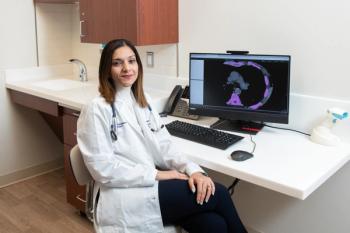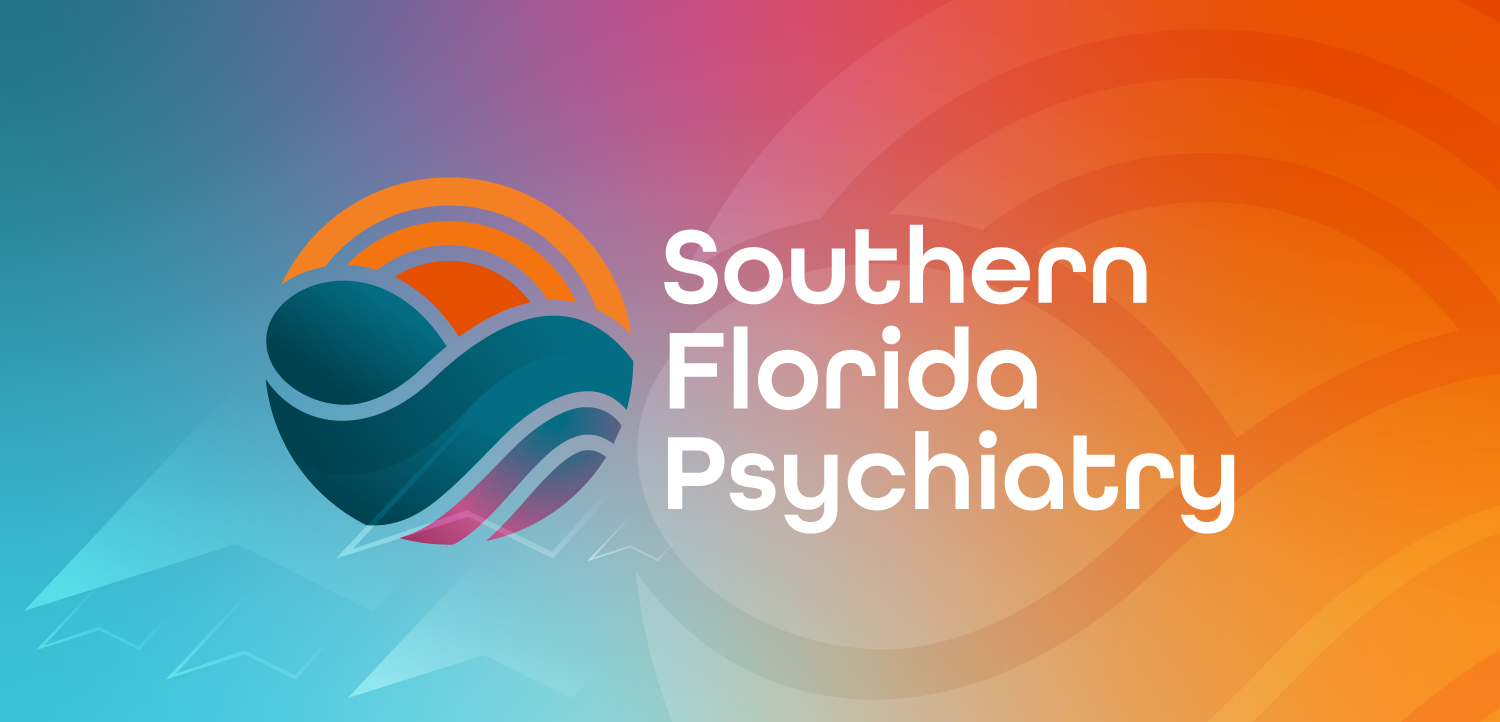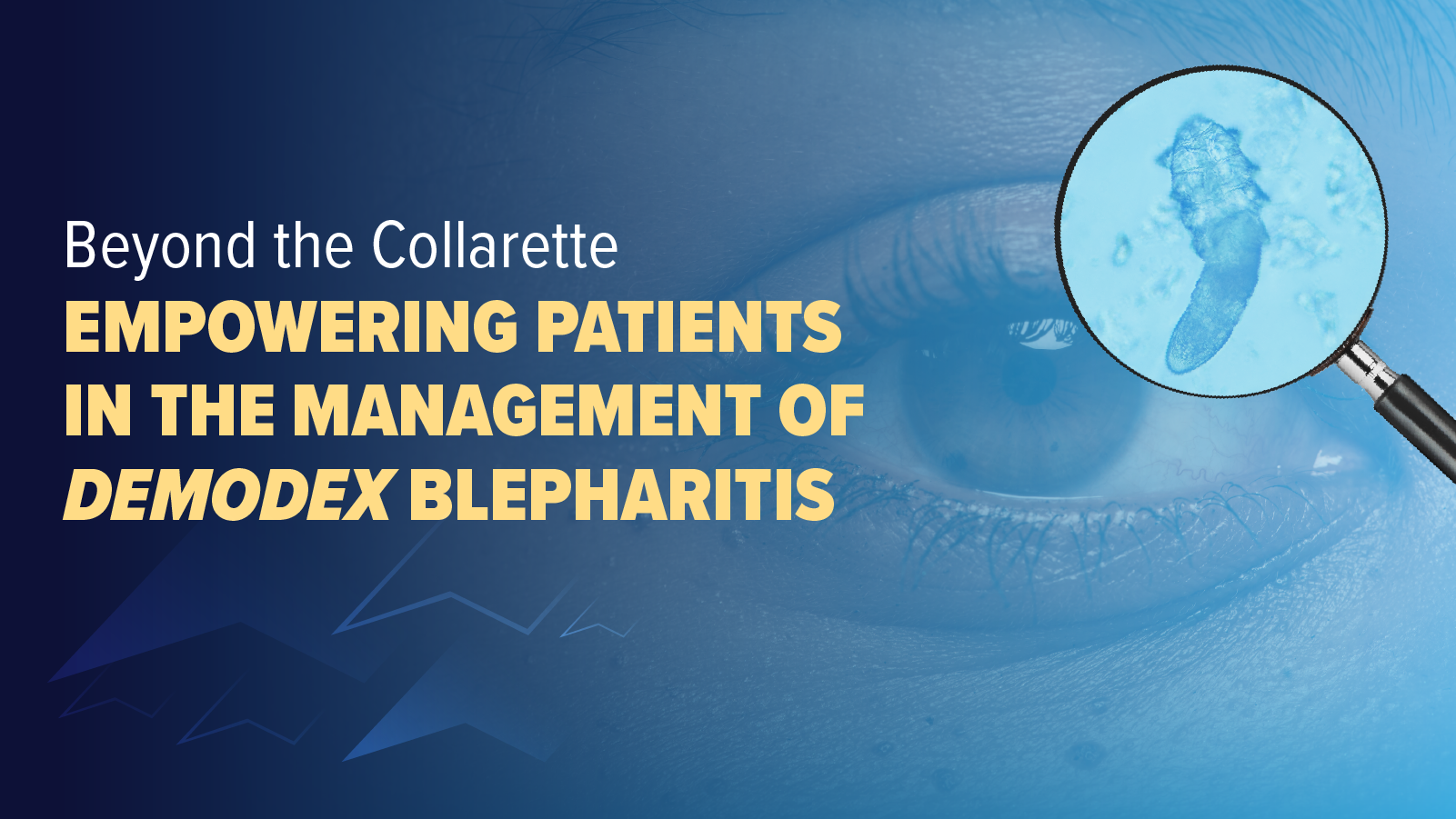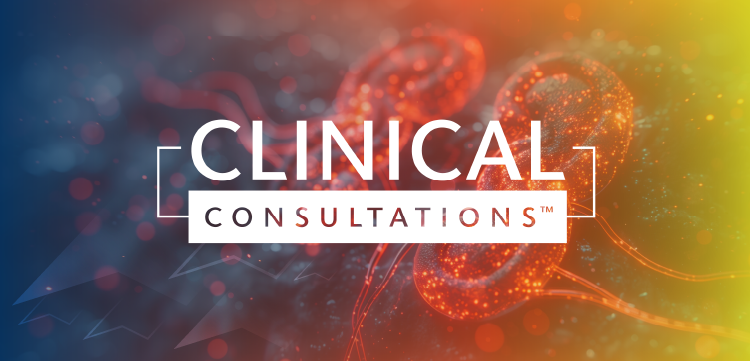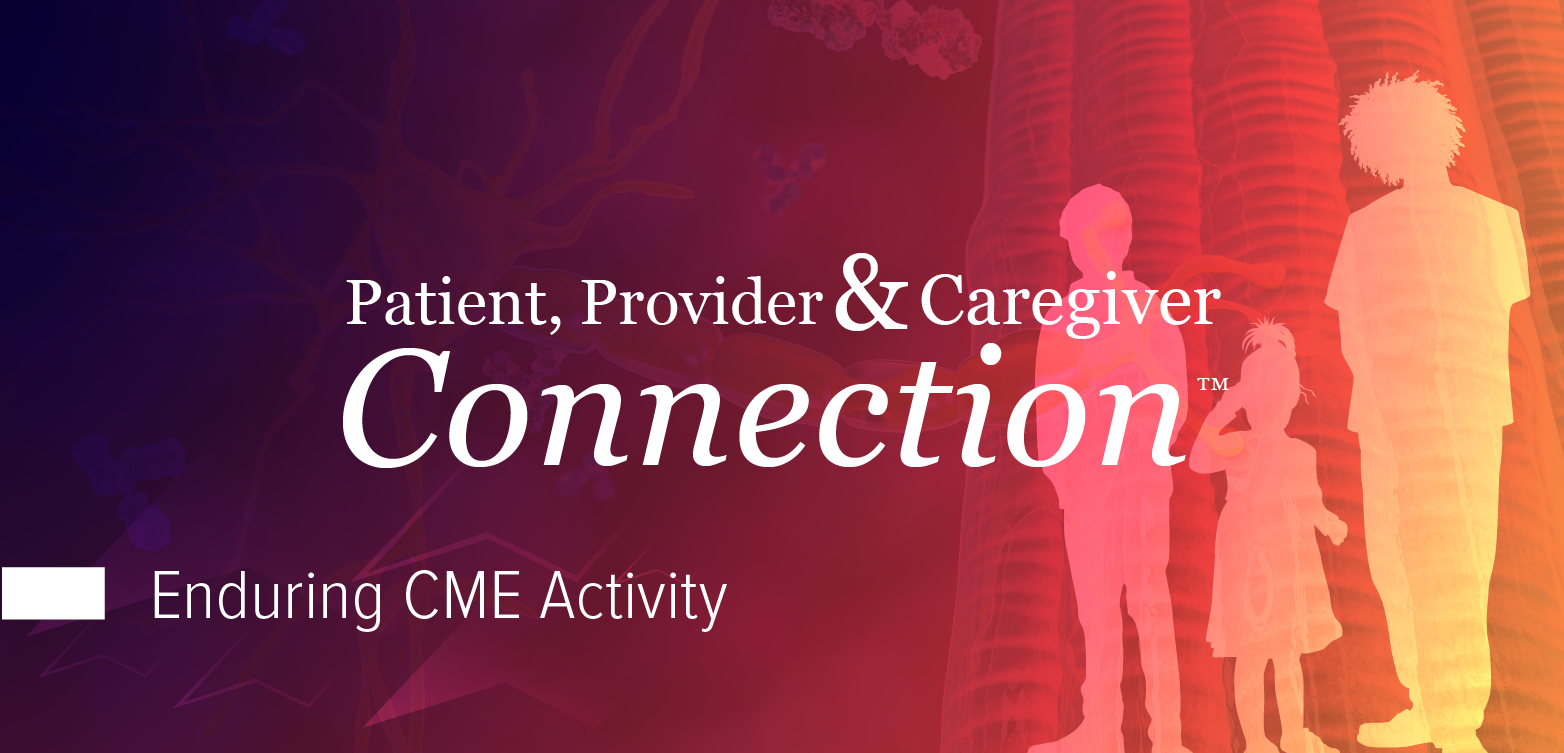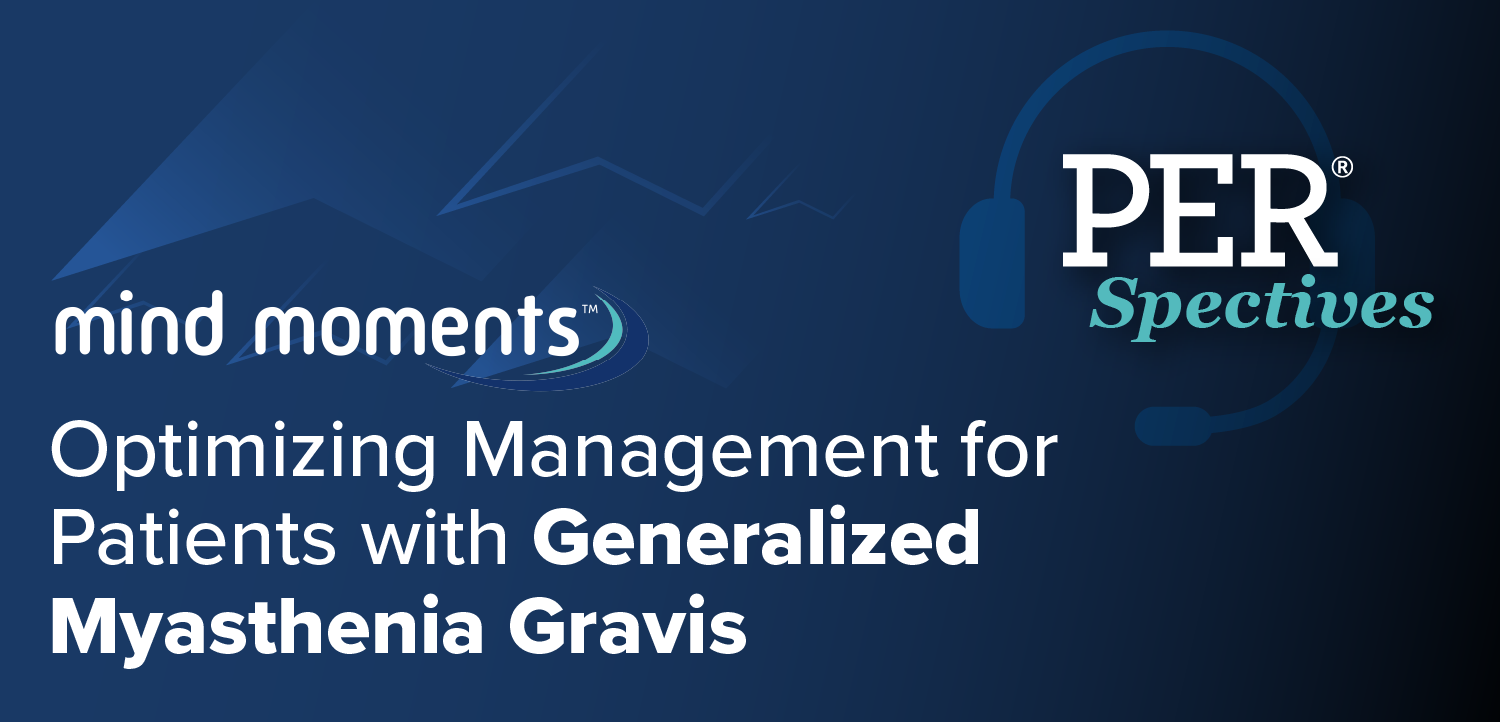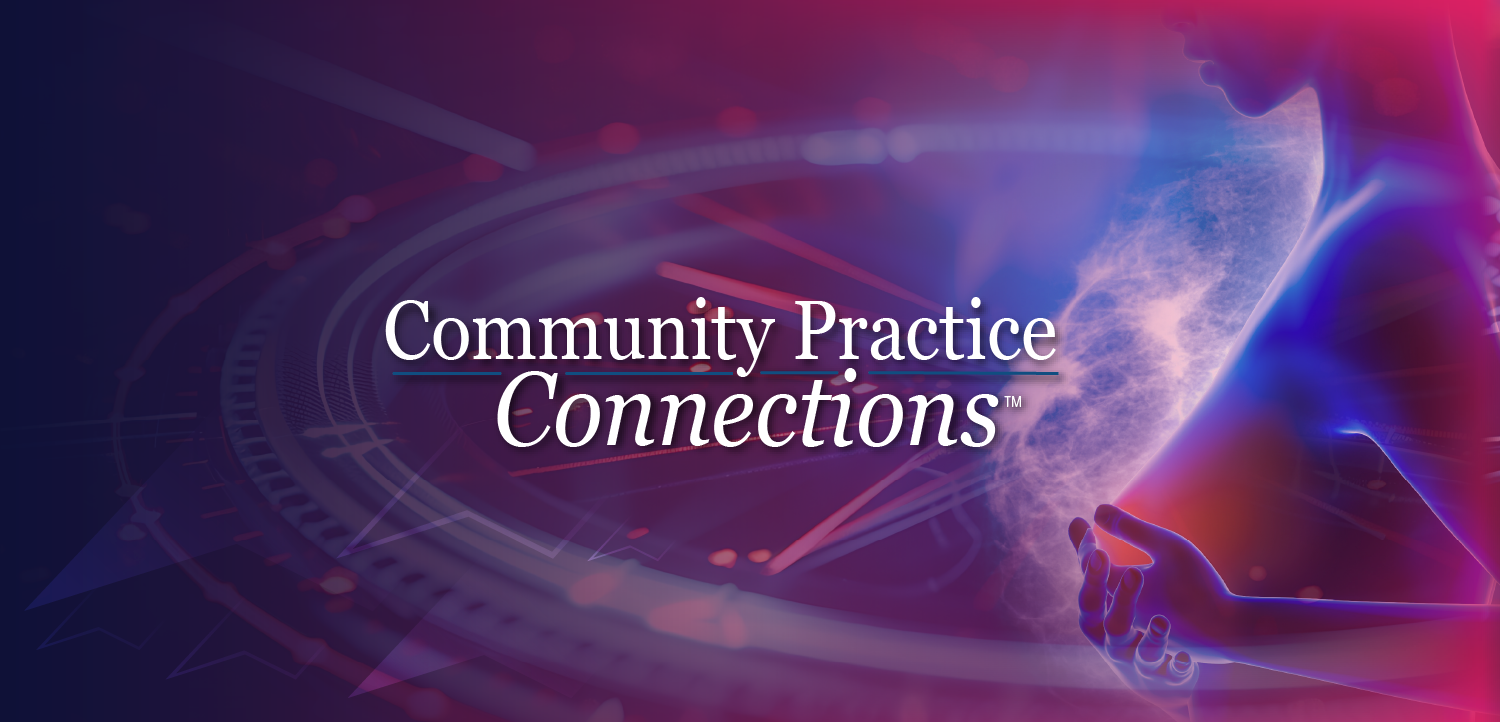
PPD Screening, Medicaid Coverage, and Access to Care: A Q&A with Elizabeth Mollard, PhD

ACOG 2025: Elizabeth Mollard, PhD, discusses her research on how Medicaid policies influence postpartum depression screening rates.
At the 2025 American College of Obstetricians and Gynecologists (ACOG) Annual Clinical & Scientific Meeting, May 16-18, 2025, in Minneapolis, MN, Patient Care editors spoke with Elizabeth Mollard, PhD, whose recent research explored how state-level Medicaid policies affect rates of postpartum depression (PPD) diagnosis. In the conversation below, Mollard, assistant professor at the University of Nebraska Medical Center College of Nursing, highlights the importance of universal screening, the challenges faced by vulnerable populations, and the implications of Medicaid expansion—or lack thereof—on maternal mental health care.
The following transcript has been edited for clarity, style, and length.
Patient Care: Can you briefly summarize the key focus of the research you presented at ACOG 2025?
Elizabeth Mollard, PhD: Yes. We examined Medicaid recipients across the U.S. and looked at how different state Medicaid policies—such as coverage duration and benefits—affect the diagnosis of postpartum depression. What we found is that in states with more robust Medicaid coverage, women were more likely to be diagnosed with postpartum depression. That may sound negative at first, but it’s actually a good thing—it means we're identifying more women who need help, thanks to improved access to care.
Patient Care: Are there particular populations within Medicaid who face more severe or unique diagnostic challenges?
Mollard: Absolutely. Medicaid recipients are already a health disparities population due to lower income and reduced access to quality care. Within that group, racial and ethnic minorities may face additional barriers, including cultural stigma around mental health. These compounded factors increase the risk of postpartum depression being missed or untreated. That’s why universal screening is essential. PPD doesn’t have a “look,” and not everyone discloses symptoms openly. Screening tools allow us to ask more targeted questions and move toward diagnosis, even when symptoms aren’t volunteered.
Patient Care: You mentioned stigma. How does it affect disclosure of PPD symptoms, and how can OB/GYNs and primary care physicians help reduce that stigma?
Mollard: The postpartum period is extremely vulnerable. New mothers are coping with physical changes, sleep deprivation, and social role transitions. Many strive to meet high expectations and may feel shame admitting they're struggling. This can prevent them from sharing symptoms like difficulty caring for their baby—or even thoughts of self-harm. By implementing standardized screening for every patient, we can normalize these discussions and help identify those who might otherwise remain silent. It opens the door to addressing mental health as part of overall health.
Patient Care: What are the key clinical implications of your findings?
Mollard: The primary takeaway is that more comprehensive Medicaid coverage leads to more PPD diagnoses—which means more opportunities for treatment. During the COVID-19 pandemic, federal Medicaid expansions temporarily leveled access across states. But once that ended—what we call the “Medicaid wind-down”—diagnoses declined. We don’t think the prevalence of PPD dropped; rather, fewer women had access to care and were therefore not being screened or diagnosed. That highlights the importance of continued, comprehensive coverage.
Patient Care: For clinicians in states without mandated Medicaid coverage for PPD screening, how can they still advocate for their patients?
Mollard: Any clinician can and should implement universal PPD screening, regardless of policy mandates. Screening shouldn't be limited to the six-week postpartum visit—we know that symptoms often emerge later. Clinicians should ensure follow-up care continues beyond that point. Also, it's vital to advocate for extended Medicaid coverage. A woman diagnosed with PPD at six weeks doesn't stop needing care when her coverage ends. Treatment may involve medication, counseling, and community support, none of which can be fully addressed in a single visit.
Patient Care: How do you hope your findings will influence clinical practice and Medicaid policy?
Mollard: Clinically, I hope more practices adopt universal screening and ensure continuity of care for postpartum women. From a policy perspective, we need Medicaid to cover not just screening, but a full range of treatments—including counseling and FDA-approved medications like zuranolone. States should mandate screenings at both maternal and pediatric visits and extend Medicaid eligibility through the full postpartum year. Many women fall into a coverage gap—earning too much to qualify for Medicaid but too little to afford private insurance. Extending coverage during this vulnerable time can improve mental health outcomes and may even help prevent PPD by reducing socioeconomic stressors.
Patient Care: Looking ahead five years, what challenges do you foresee in women’s health, particularly in gynecological care?
Mollard: Access to care remains the biggest challenge. Policy changes across states are creating inconsistency in what services are available. Even when women have insurance, there are growing shortages of providers, especially in underserved areas. We need to ensure that health coverage—whether through Medicaid or private insurance—actually meets women's needs. Fortunately, there are many researchers and policymakers working on solutions, and I’m hopeful that progress will continue.
For other highlights and exclusive expert interviews, check out our full meeting coverage of the 2025 ACOG ACSM here.
Newsletter
Enhance your clinical practice with the Patient Care newsletter, offering the latest evidence-based guidelines, diagnostic insights, and treatment strategies for primary care physicians.


